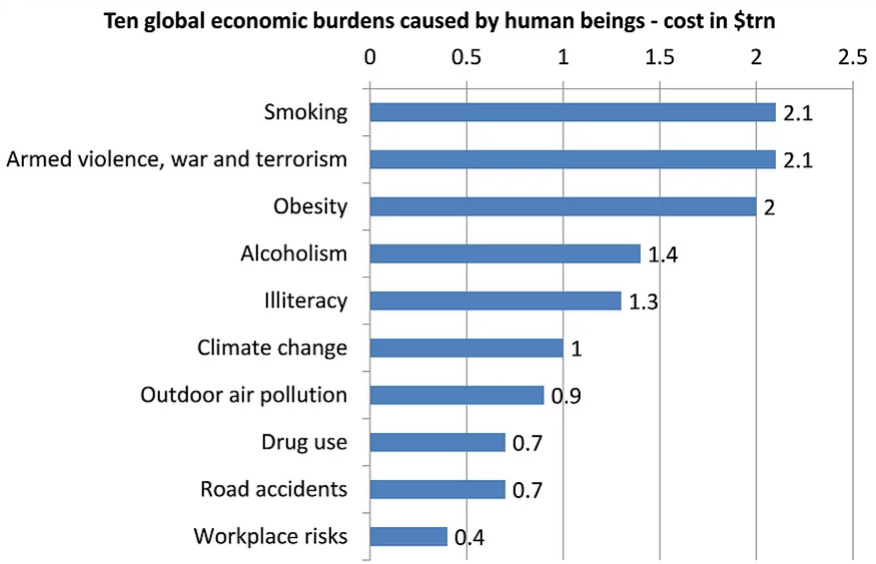For educational purposes only and not intended as medical advice. Consult with your Health Care Provider before making any changes.
Cigarettes and Pain: a painful combination.
Most adults living today grew up knowing tobacco was unhealthy. Although cigarettes were commonly referred to as coffin nails in the 1940s and 50s, when the Surgeon General’s report on “Smoking and Health” came out in 1964, the issue was settled. Smoking kills and maims.

What wasn’t known until recently is that smoking contributes to pain and is detrimental to the relief or cure of pain. Although it was suspected for many years, it wasn’t until recently that large, well designed studies have proven that nicotine makes pain worse. A very interesting recent medical study shows smokers are three times more likely to develop chronic back pain than nonsmokers. But the best part was their surprise conclusion: “when they stopped smoking, their vulnerability to chronic pain also decreased.”
What do we know about cigarettes and pain?
Putting aside everything about lung cancer, emphysema, COPD, and early death, this is what we know about cigarettes/nicotine/smoking and pain.
- Smokers develop degenerative disc disease of the spine at an earlier age:
- Smokers develop degenerative disc disease of the spine more often.
- When smokers develop degenerative disc disease of the spine, it is more painful.
- Smokers are more likely to get a herniated disc.
- Smokers have more pain when they get a herniated disc.
- Smokers are more likely to develop arthritis.
- Smokers have more severe pain from the arthritis.
- Smokers are more likely to be disabled from arthritis.
- Smokers have more complications from spine surgery.
- Smokers are more likely to develop painful “failed back syndrome.”
- Smokers on average report more pain than non smokers.
- Smokers have more headaches and migraines.
- Smokers have less pain reduction with physical therapy.
- Smokers have less pain reduction with pain rehab programs.
- Smokers receive less pain relief from narcotics.
- Other analgesic medications are less effective with smokers.
What are the advantages of quitting smoking?
- You will experience greater pain reduction from physical therapy.
- You will respond better to pain rehab programs including aerobic exercise.
- You are more likely to get over your neck or low back pain, or end up with less pain.
- You are more likely to get over your sciatica (pinched nerve).
- You will have less headaches and migraines.
- If you take narcotics you will get more pain relief.
- If you take other types of analgesic medications, they will work better.
How do I quit?
Tapering is probably the most frequently used method. I suggest getting a bunch of zip lock baggies. Use a marking pen to put a different date on each baggie. In the baggie with tomorrows date, put in one less cigarette than what you customarily smoke in a day. In the baggie for the next day, put in one less than the day before, so that you have a baggie for each day, with each baggie containing one less than the day before. Put them all in the refrigerator.
Each day when you get up, pull out the baggie for the day. Make the cigarettes last all day. When they are gone, you are done for the day. Each day you will smoke one less cigarette than the day before. If you smoke a pack a day to begin with, you can quit in less than 3 weeks. By tapering like this, you will be come a nonsmoker and never have to fight a single nicotine fit.
Quitting cold turkey is the preferred method for some people. They compare tapering to cutting off a dogs tail an inch at a time. Better just to set the date, and when it comes, the cigarettes are gone. You will have nicotine withdrawal and have multiple nicotine fits each day. But the good news is that the physical craving for nicotine only lasts 3 days. Once you make it through the 3 days the hard part is over.

Americans pay the price while the American Tobacco company gets richer and richer.
Drugs to quit smoking.
There are a number of FDA approved medicines to help you quit smoking including gum, patches and pills. If you want this type of help you should discuss it with your Primary Care Provider. Remember that the gums and patches are different ways of getting nicotine into your system. As far as we know it is the nicotine that causes the problems. If you use the patches or gum, the job isn’t done until you quit all sources of nicotine, including e-cigarettes.
The Alaska Quit Line.
We are fortunate to have the Alaska Quit Line. They supply lots of help including free nicotine gum, etc. If you want help you should go to their website or call the 800 number.

1-800-QUIT-NOW (1-800-784-8669)
Or use this link: Alaska Tobacco Quit Line Website
Here’s another website with free help to quit smoking: WhyQuit.com
What is your future?
What is the most successful method to quit?
Start out with somebody who has made up their mind to quit, and any of these methods will work. The single most important criteria for success is the motivated quitter. If you have made up your mind to quit, you will succeed. Although we want to be encouraging and there is lots of help out there, ultimately it is your pain, your problem and your life. You can make any of these plans work. On the other hand if you want to find a reason not to quit, there is no program that will help you.
So the real question is: HAVE YOU DECIDED TO QUIT?

